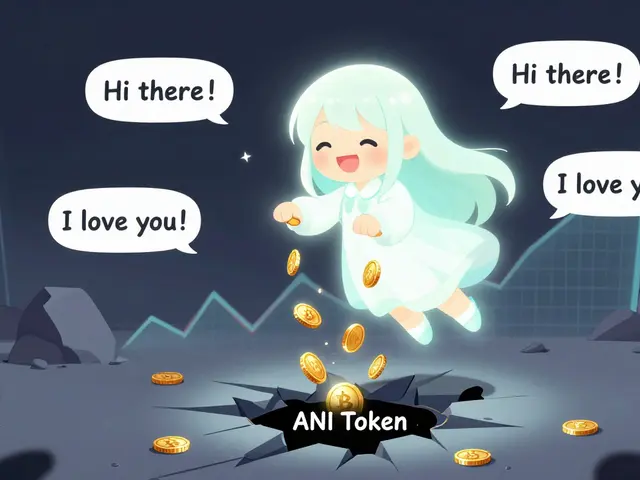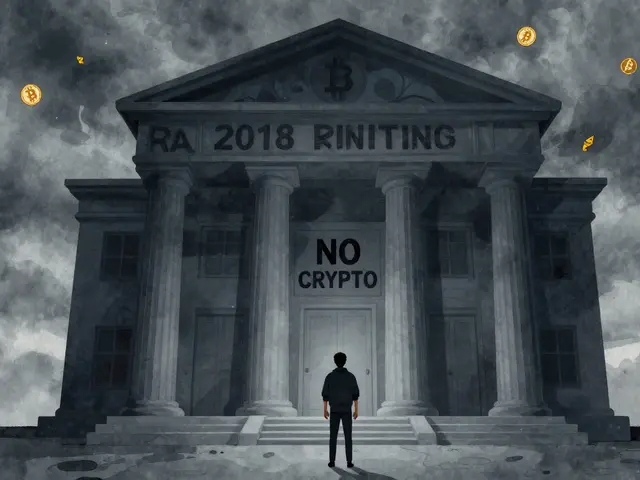Multisig Wallet Recovery Explained
When dealing with multisig wallet recovery, the process of restoring access to a multi‑signature wallet after loss of one or more keys. Also known as multisig restore, it requires coordination among remaining signers and often a predefined recovery plan. A common tool used in this space is DAO treasury, the pooled funds of a decentralized autonomous organization that rely on multisig for spending control. For many projects, the go‑to implementation is Gnosis Safe, a smart‑contract based multisig wallet that supports flexible recovery modules and social‑recovery mechanisms. Understanding how these pieces fit together helps you avoid costly lockouts and keeps your community’s funds safe.
Why does recovery matter? In a traditional single‑key wallet, losing a private key is a dead end—your assets vanish. With a multisig setup, the loss of one key doesn’t cripple the wallet, but forgetting the recovery process can still lock you out if the remaining signers are unavailable. This is where the multisig wallet recovery workflow shines: it encompasses key‑holder identification, secure verification, and execution of a predefined recovery transaction. The workflow also requires robust off‑chain documentation, such as encrypted key backups and a clear social‑recovery policy. Projects that skip these steps often face governance paralysis, especially when the DAO treasury holds millions in value.
Key Steps for a Smooth Recovery
First, inventory every signer and store their public keys in a secure, access‑controlled vault. Second, decide on a recovery threshold—how many signatures are needed to execute a recovery transaction. Third, configure a recovery module on your Gnosis Safe that designates trusted agents (like core developers or community moderators) who can initiate the process. Fourth, test the recovery scenario on a testnet before going live; a dry run reveals gaps in communication or permission settings. Finally, keep the recovery documentation up to date and share it only with the designated agents. By following these steps, you create a resilient safety net that protects the DAO treasury even if several signers go offline.
Beyond the technical setup, there are cultural considerations. A recovery plan should be transparent to token holders, as secrecy can erode trust. Publish a concise recovery policy on your DAO’s forum or governance portal, and allow community members to audit the process. When the plan is clear, the community knows that funds are not trapped behind a single point of failure. Moreover, regular audits of the multisig contract—checking for outdated owners or unused recovery paths—keep the security posture fresh. In short, a well‑documented, community‑approved recovery strategy turns a potential crisis into a manageable event.
Now that you’ve seen why multisig wallet recovery matters, how it links DAO treasuries, Gnosis Safe, and overall blockchain security, you’re ready to explore the detailed guides, case studies, and tool reviews below. The collection ahead dives into real‑world recovery stories, step‑by‑step tutorials, and the latest safety features that can future‑proof your assets.
Multisig Wallet Recovery: Complete Guide & Best Practices
Learn how to recover funds from multi‑signature cryptocurrency wallets with step‑by‑step guides, provider comparisons, checklists, and expert tips.





